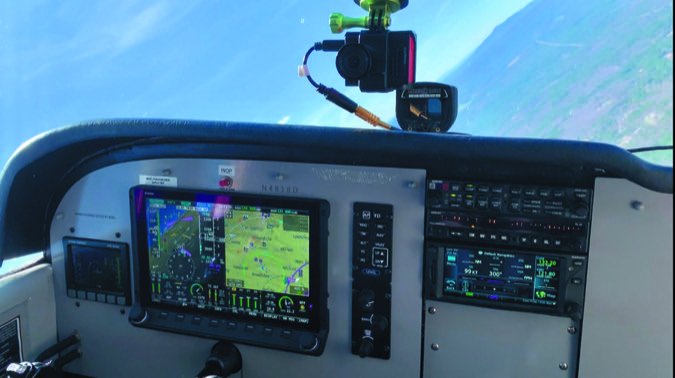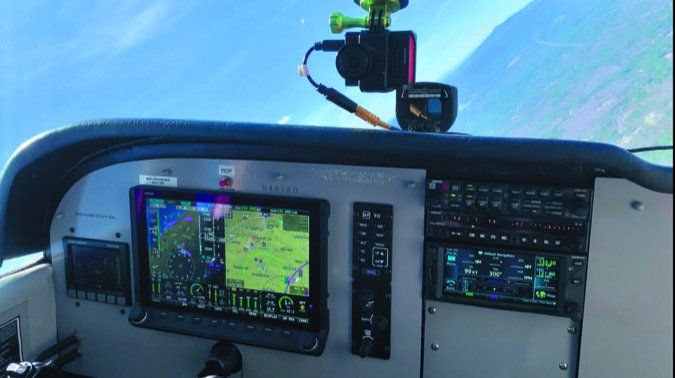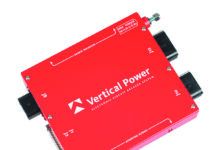In an effort to keep the right mix of content, I generally try not to run two major avionics reports in one issue. But this month’s Aviation Consumer perhaps breaks my cardinal rule twice with reports on not one, but two glass display systems: Garmin’s G3X Touch and Aspen’s new MAX display upgrade. Unavoidable, really. There’s a lot to cover. And in all the years covering avionics for the magazine I’m not sure I’ve seen this high level of competition. That’s not even thinking about ADS-B upgrades, which I’m trying to forget with little success.
While recharging the cameras it occurred to me that in a one-month period the editorial schedule had me flying with three new systems for field reports including the Garmin and Aspen, and Dynon’s Certified SkyView HDX retrofitted in a Skyhawk. The photo here is a video B-roll screen grab of it, with my arms crossed watching the Dynon integrated autopilot save the airplane from an unusual attitude.

Wanna know something? After processing the flights with all of these systems, I can’t honestly pick a favorite. The significance to that is I couldn’t suggest one over another because all of these retrofit systems, in their most tricked-out form, do what most buyers expect them to do. First, they offer relief from vacuum systems. Get rid of it—all of it. If you want to see a thing of beauty, put your saucers behind the panel and in the engine bay of an old airplane that’s gone all-electric. No lines, no fittings, no air filters, no deep-chassis space-hogging spinning gyroscopes and no vacuum pump failures. So how might you choose? Look at the installation as a whole, and where you see it in a year or two or three.
Whether or not you want to make the aircraft an all-electric avionics setup should be the first decision you make before even considering which hardware you’ll buy. All three systems (there are five, actually, when you count Garmin’s TXi and G5 upgrade) are STC’d to replace the vacuum system in its entirety. From a regulatory standpoint it couldn’t be easier, which is proof that the FAA recognizes that failed vacuum systems aren’t doing the accident stats any favors. And what about displayed data? There’s almost too much of it. If you’re content with chasing a traditional six-pack of round gauges, you’ll likely be overwhelmed—initially, at least—by the data that’s presented you on a modern integrated PFD. The smaller the screen area, the more overwhelming it may be.
All of the major glass upgrades (with the exception of Garmin’s G5) have synthetic vision so you get a video game-like presentation on the screen when you can’t see outside the aircraft. They all display traffic targets, weather graphics, topography, charts and have high-level mapping ability. All (but Aspen) have touchscreen because you’ve gotten so attached to your smartphone. So the buying decision mostly comes down to how you can adapt to the user interface. And the advice is much like we offer for buying high-end ANR headsets: You have to try before you buy. Period. At the very least, get a hands-on demo in a fully functioning kiosk by a sales rep who knows the product. Observing some at recent trade shows confirms that some manufacturers are losing sales because of poorly executed demos. The best case is to actually fly one, in an environment that best matches your flying. If you fly IFR, how easy is the system to arm and activate an approach procedure (from beginning to end) on the fly?—and that includes setting up the autopilot to fly it. And what about failsafe reversionary? Enough?
Last, if I was upgrading an old panel, high on my list of gotta-have features would be integrated electronic engine data. I’m talking soup-to-nuts replacement of not only engine temperature sensors and display, but also fuel quantity. With the exception of the Garmin G5 and Aspen Evolution system, all of the integrated suites offer the option of replacing all of the original mechanical gauges. Having gotten a taste of the feature in both the Garmin and Dynon retrofit systems, I’m already spoiled. No more bouncing fuel quantity needles, no more having to approximate CHT values and no more gauges spread out all over the panel.
There might not be a slam-dunk best electronic display upgrade, but there are enough worthy choices in a refreshingly competitive market. —Larry Anglisano





